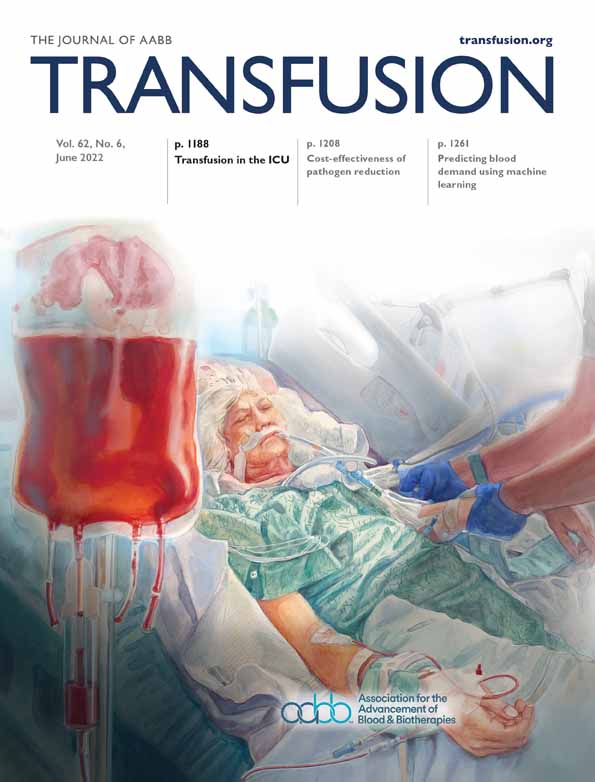First transfusion of cold-stored low-titer group O whole blood in the French armed forces
The views expressed in this manuscript are those of the authors and do not reflect the official policy of the French Military Medical Service.
Abstract
Background
Hemorrhage is the most frequent cause of preventable death in the combat setting. Therefore, early transfusion can improve survival of combat casualties. In the case of hemorrhagic shock, massive transfusion must be performed immediately with high transfusion ratios (i.e., approximately 1:1:1 plasma:platelet:red blood cells). The use of cold-stored low-titer group O whole blood could address this challenging transfusion strategy in combat setting.
Results
We present here a clinical case illustrating this strategy of high transfusion ratios, which includes—for the first time in a modern conflict involving French Armed Forces—the use of cold-stored low-titer group O whole blood. A 29-year-old French soldier suffered multiple gunshot wounds. Because of the critical condition of the patient in hemorrhagic shock, successive medical teams initiated an early and massive transfusion, using French lyophilized plasma, red blood cells, cold-stored low-titer group O whole blood, and warm fresh whole blood.
Conclusion
This case report of a bleeding combat casualty, transfused with cold-stored low-titer group O whole blood for the first time in the French Armed Forces, emphasizes two important points: the importance of clinical assessment in the management of a bleeding patient with hemorrhagic shock and the feasibility of early massive transfusion using cold-stored low-titer group O whole blood.
CONFLICT OF INTEREST
All the authors have no conflict of interest to declare. The opinions or assertions expressed herein are the private views of the authors and are not to be considered as reflecting the views of the French military medical service.




